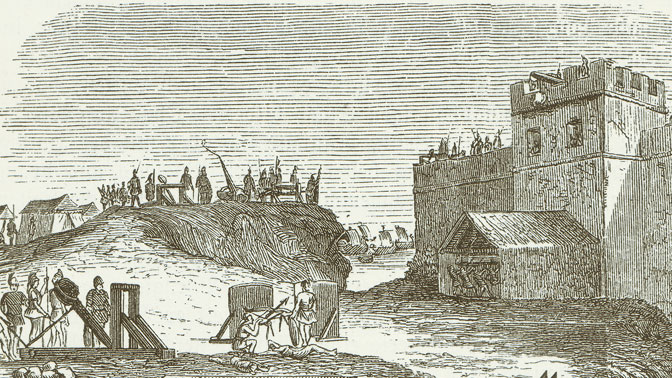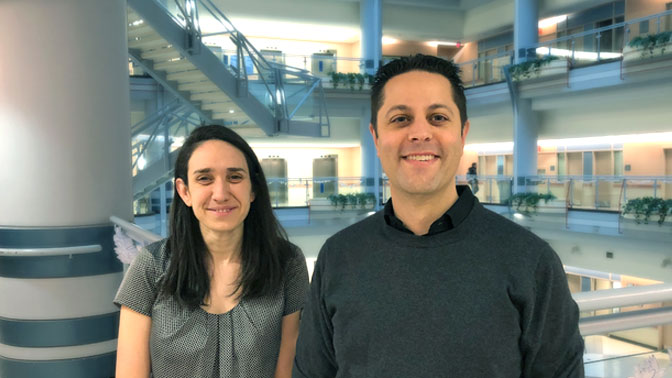
The Battle of Waterloo in 1815 was a decisive defeat for Napoleon that ended the conflict between the French Empire and the rest of Europe. It was also very quick: it lasted for the better part of a day.
When it comes to a viral infection, the body’s immune system also likes to make short work of it. Short-lived or acute infections trigger a potent immune response: the virus, and any cells infected by the virus, are destroyed, while features of the virus are remembered, helping the body to swiftly clear future reinfections.
But what happens when the infection refuses to give up? How are new immune reinforcements generated to continue to fight the war?
Recent research from the laboratory of Dr. David Brooks, a Senior Scientist at Princess Margaret Cancer Centre, has helped to answer these questions—his findings have revealed that the immune system switches defence tactics when acute infections become long-term, chronic infections.
Dr. Brooks and his team discovered that the new immune reinforcements generated to battle chronic viral infections are weaker, but are distinctly programmed for a long-term and sustained fight. This is a strategic shift in tactics: the body is optimizing its management of resources to improve the long-term efficiency of its defence over prolonged conflicts.
“Unfortunately, this shift in immune strategy has a drawback: the new tactic is not as effective against tumours that arise during chronic viral infection. It fails to activate the rapid potent response needed to prevent the tumour from taking hold, leading to poorer outcomes,” explains Dr. Laura M. Snell, who co-led the study with Dr. Brooks. “However, we found that these new immune responses are prime targets for immunotherapy. We demonstrated in experimental models that under chronic viral infection, effective tumour-control could be achieved if we therapeutically induce the body to deploy the immune response typically used for short-lived threats.”
“One of the most exciting aspects of this work is that it explains the underlying mechanism for why there is an increased incidence of tumours in people with chronic viral infections,” remarks Dr. Brooks. “Ultimately, if we are able to induce changes in the body’s defence mechanisms, we can develop new strategies that guide these immune responses to better control infection and the growth of cancer.”
This work was supported by the Canadian Institutes of Health Research, the National Institutes of Health, Fonds de recherche du Québec – Santé, Canada First Research Excellence Fund (Medicine by Design) and The Princess Margaret Cancer Foundation. Dr. David Brooks holds the Scotiabank Research Chair at Princess Margaret Cancer Centre.
Snell LM, MacLeod BL, Law JC, Osokine I, Elsaesser HJ, Hezaveh K, Dickson RJ, Gavin MA, Guidos CJ, McGaha TL, Brooks DG. CD8+ T Cell Priming in Established Chronic Viral Infection Preferentially Directs Differentiation of Memory-like Cells for Sustained Immunity. Immunity. 2018 Oct 16. doi: 10.1016/j.immuni.2018.08.002.

Dr. David Brooks and Dr. Laura Snell at Princess Margaret Cancer Centre co-led the study.




